
- Industry News
- Posted 2024-11-27
Structural & Stress Analysis of Cryogenic Top-Entry Trunnion Slope Ball Valves
1. Overview Cryogenic ball valves used in LNG receiving stations are typically welded to pipelines to ensure pressure boundary integrity, requiring the valves to support in-line maintenance, making top-entry designs more common. As the LNG market expands in China, the application of cryogenic top-entry ball valves is broadening, with demand within the low-temperature industry also steadily...

- Industry News
- Posted 2024-11-13
Cracks in High-Pressure Cast Valve Shells of 660 MW Units
1. Overview The 660 MW Unit was put into commercial operation on November 27, 2009, and accumulated 12,854 hours of operation before the first A-level overhaul in September 2011. Currently, 14 high-pressure casting valves with a nominal diameter of 4 inches or more are installed. During the overhaul, the valves were inspected using non-destructive testing, revealing cracks in the valve shells...

- Industry News
- Posted 2024-04-22
Errors in Valve Installation and Their Consequences
Valves, as crucial components for fluid control, are widely utilized in various industrial equipment and facilities. However, incorrect operations during installation can lead to severe consequences for the valves themselves, associated equipment, and systems. This article explores common errors in valve installation and the potential impacts these mistakes may have. Inappropriate Valve Type Selection...
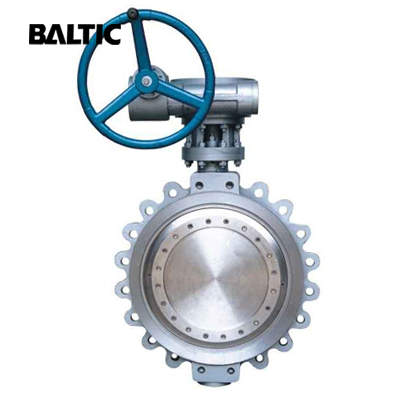
- Industry News
- Posted 2024-04-15
Comparison and Advantages of Lug Valves and Flange Valves
Valves, as control elements in fluid pipelines, play a vital role in various industrial processes. Among them, lug valves and flange valves are two common types, each with its own unique advantages and application scenarios. This article will compare these two types of valves in depth to help you better understand their differences. Connection Method First, let's look at the connection methods...
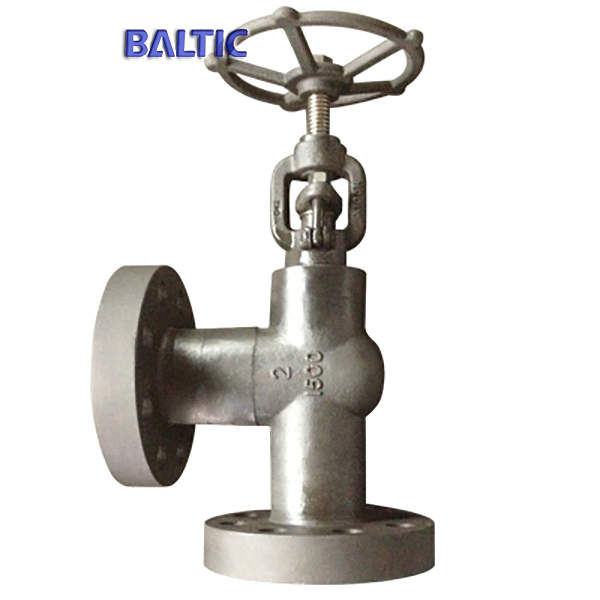
- Industry News
- Posted 2024-04-08
Characteristics of Hygienic Grade Valves
Hygienic-grade valves, also known as food-grade valves, are specialized fluid control equipment used in industries with strict hygiene requirements such as food, beverages, dairy products, and pharmaceuticals. As products in these industries directly affect people's health and safety, the hygiene standards for valves are exceptionally high. The design, manufacturing, and installation of hygienic...

- Industry News
- Posted 2024-04-01
What Valves Are Needed for A Sewage Treatment Plant?
Valves play a crucial role in sewage treatment processes. They not only control the direction and flow of water but also ensure the system operates safely, stably, and efficiently. Therefore, selecting the appropriate valves is essential for sewage treatment plants. Common Types of Valves Used in Sewage Treatment Plants: Globe Valve: Used to cut off or connect the medium in pipelines, characterized...
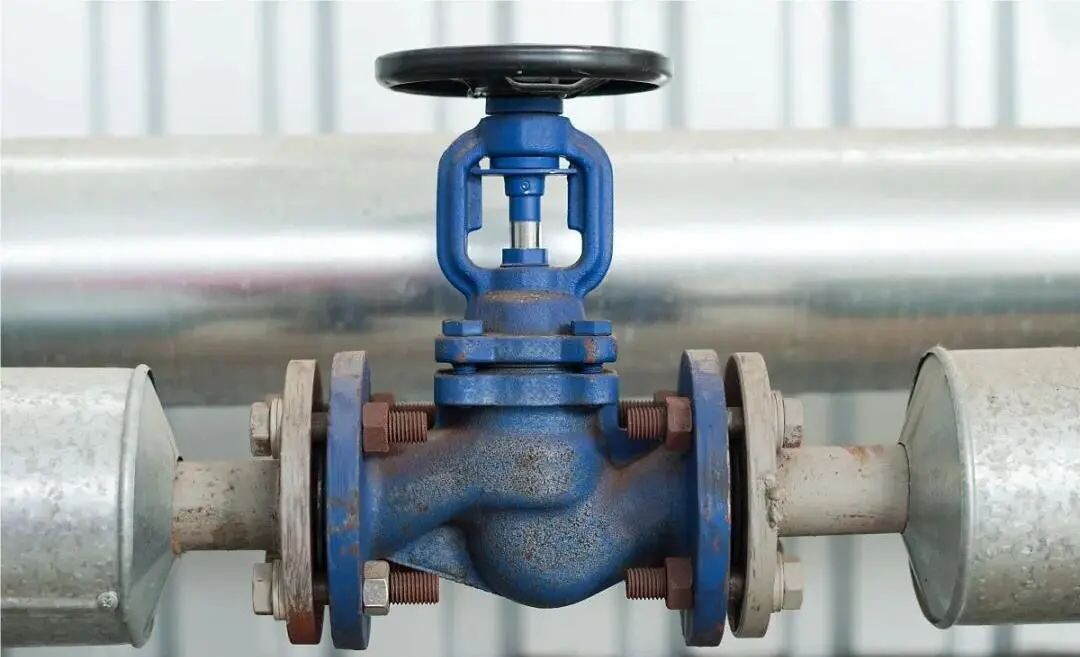
- Industry News
- Posted 2024-03-28
Advantages of Cast Iron Valves
Cast iron valves are critical components in industrial fluid control systems, widely used in various fluid pipelines for functions such as regulation, isolation, distribution, and backflow prevention. The widespread application of cast iron valves is primarily attributed to their unique advantages. Advantages of Cast Iron Valves 1. Material Superiority Cast iron valves are typically...
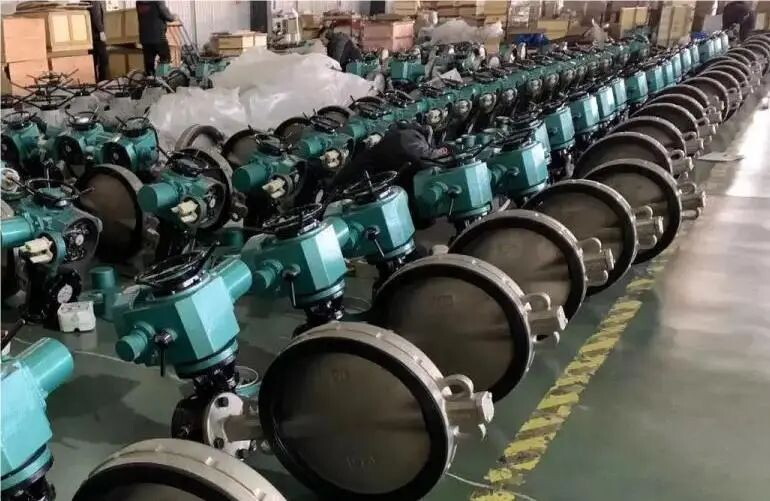
- Industry News
- Posted 2024-03-20
10 Common Problems Encountered in Valve Applications
1. Why does a double-seat valve tend to oscillate at low openings? For a single-core valve, stability is good when the medium is in a flow-open mode, but poor when it's in a flow-closed mode. A double-seat valve has two cores: the lower core is in a flow-closed state while the upper one is in a flow-open state. Consequently, at low openings, the flow-closed core is prone to causing valve oscillations,...

- Industry News
- Posted 2024-01-18
Online Detection for Valves in Petrochemical Plants
The safety and reliability of petrochemical equipment have always been key issues to the industry, and valves are used as important components during the operation of the equipment, which plays a key role in controlling the flow and medium. The failure of the valve often leads to serious accidents and economic losses. The status monitoring and maintenance of the valve are particularly important. ...
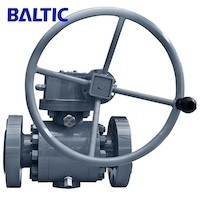
- Industry News
- Posted 2023-12-25
Metal Seated Ball Valves in Offshore Platforms (Part Two)
2. Technical requirements for metal seated wear-resistant ball valves in marine environments 2.1 Ultra-high wear resistance Ball valves must be wear-resistant due to the effects of high temperatures and constant motion friction. The ball and valve seat sealing surfaces of this metal seated wear-resistant ball valve are sprayed with WC (tungsten carbide). The surface hardness of the coating...
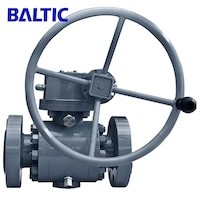
- Industry News
- Posted 2023-12-07
Metal Seated Ball Valves in Offshore Platforms (Part One)
Abstract: In the process of offshore oil processing and transportation, leakage prevention has gradually attracted people’s attention. Valves are not only corroded at a much faster rate in the marine environment than inland, but once problems occur, they will cause great economic losses and marine environmental pollution. Therefore, offshore oil engineering has stricter requirements for valve...
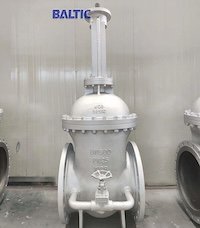
- Industry News
- Posted 2023-10-23
Fire Resistance Testing Equipment for Pipes and Valves
A valve is an important device on pressure pipelines and is widely used in various industries such as petrochemical, steel smelting, thermal power generation, nuclear power, water conservancy and hydropower industries. Fire resistance testing equipment and detection are discussed in this article. Testing Equipment According to the requirements of fire resistance test standards of the valve,...
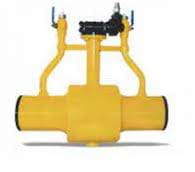
- Industry News
- Posted 2023-08-25
Inspecting Internal Leakages of Buried Ball Valves
Buried ball valves are a type of valve used in various industries to control the flow of fluids. They are called "buried" because they are typically installed underground, making them ideal for applications where space is limited, or aesthetics are important. These valves consist of a hollow ball with a hole in the center, which acts as the flow control mechanism. One of the main...
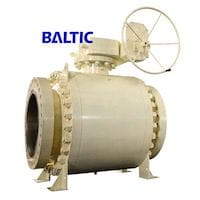
- Industry News
- Posted 2023-08-14
Internal Leakages of Ball Valves in Gas Transmission Stations
Ball valves are an essential component in gas transmission stations, and their importance cannot be overstated. These valves play a crucial role in regulating the flow of gas, ensuring safety, and preventing potential disasters. Firstly, ball valves offer superior control over the flow of gas. Their design allows for quick and precise adjustments, enabling operators to regulate the pressure and volume...

- Industry News
- Posted 2023-07-28
Basic Design Requirements for Spent Fuel Reprocessing Process Valves
(1) Radiation resistance of the valve The material and structure of the valve should be considered in the design to meet the requirements of radiation resistance. The valve body is made from stainless steel which is consistent with the pipe material. Stainless steel meets the requirement for radiation resistance. The material selection of other parts of the valve requires radiation resistance and...
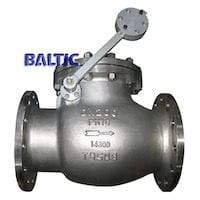
- Industry News
- Posted 2023-07-07
Selection and Design of Valves for Spent Fuel Reprocessing
3.1 Selecting valves For the selection of spent fuel reprocessing valves, it is necessary to ensure their safety, reliability, functionality, operability and economy. First, clarify the requirements for the safety of the valve according to the requirements of the process system, such as safety level, anti-seismic category and quality assurance level. Second, clarify the material, use and type of the...
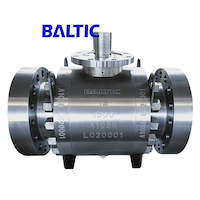
- Industry News
- Posted 2023-06-25
Online Detection of Internal Leakages of Ball Valves
1. Overview The ball valve is a device used to cut off, distribute and change the flow direction of the medium. Its opening and closing part is a sphere, which is opened and closed by rotating the sphere at an angle of 90 around the axis of the valve stem. During the operation of the gas transmission pipeline, the internal leakage of the ball valve will bring great trouble to the process operation,...

- Industry News
- Posted 2022-07-14
Measures to Prevent Internal Leakages of Valves
Measures to prevent internal leakages of valves are as follows: 1. Flushing the pipe During valve inspection, it is common to find scratches on the valve. During the operation of power plant units, it is often found that the valve does not leak before opening, but leaks occur during operation, which are all caused by impurities in the pipeline. For example, valves are closed during operation for water...
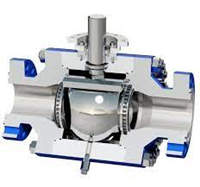
- Industry News
- Posted 2022-06-29
The Internal Leakage of the Thermal Power Plant Valve
In the development of thermal power plants, the internal leakage of the thermal system valves directly affects the development. Therefore, thermal power plants should actively know the causes of internal leakage of valves in the production process. Before production, timely check the corresponding equipment to clean up the dirt existing in them to ensure the automation of thermal power plant valves....

- Industry News
- Posted 2021-12-11
A Kind of Repair Technology for Check Valves (Part Two)
2.2 Technical schemes and working methods of sleeve components of check valves 2.2.1 Technical solutions The valve sleeve components provided in the check valve mainly include the valve sleeve cover plate, guide tube, guide rod, valve sleeve, valve core and other parts (Figure 5). Valve sleeves(7) are set in the valve body of the check valve, and the sealing surface between the...



